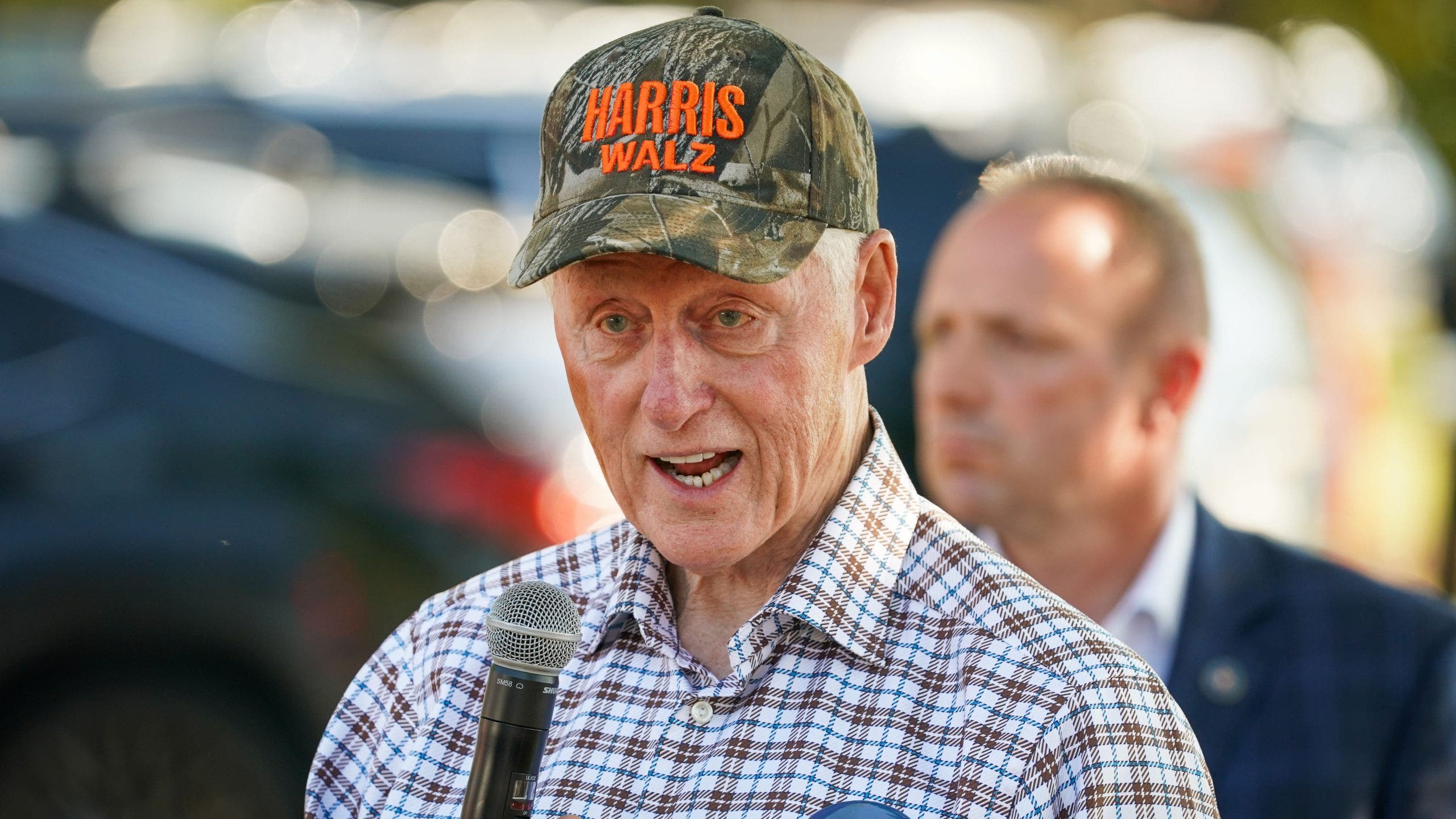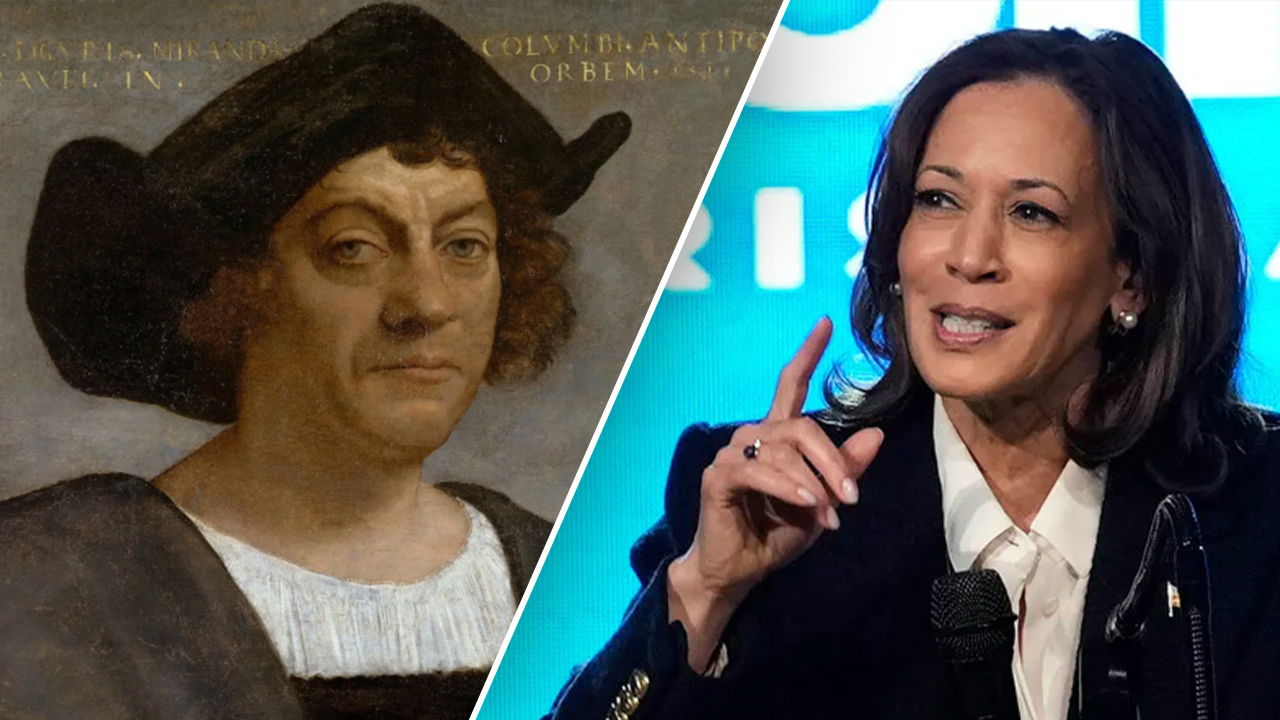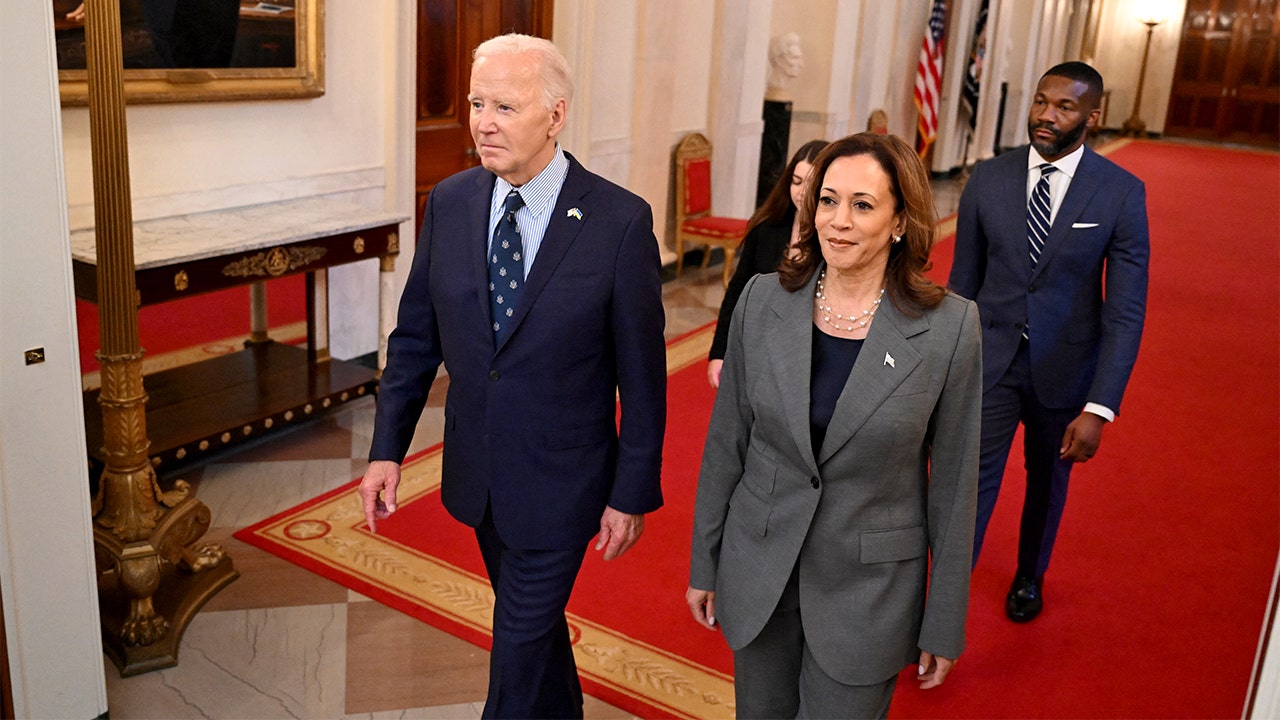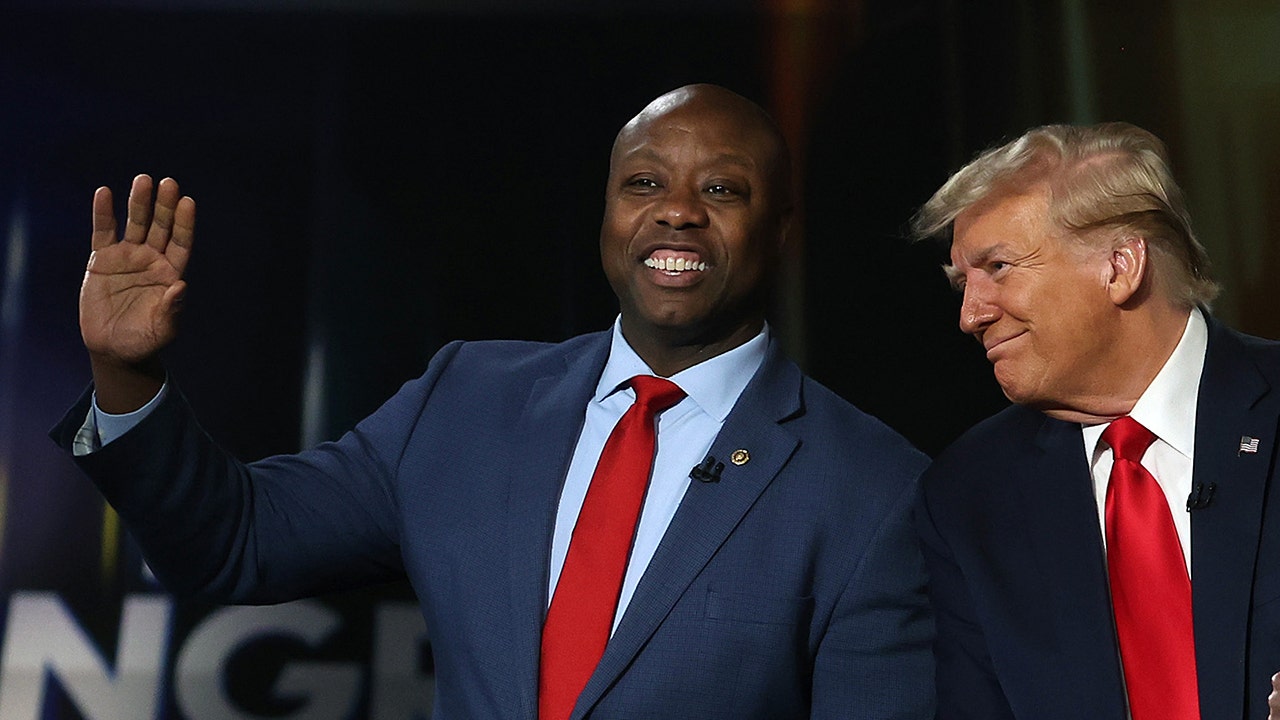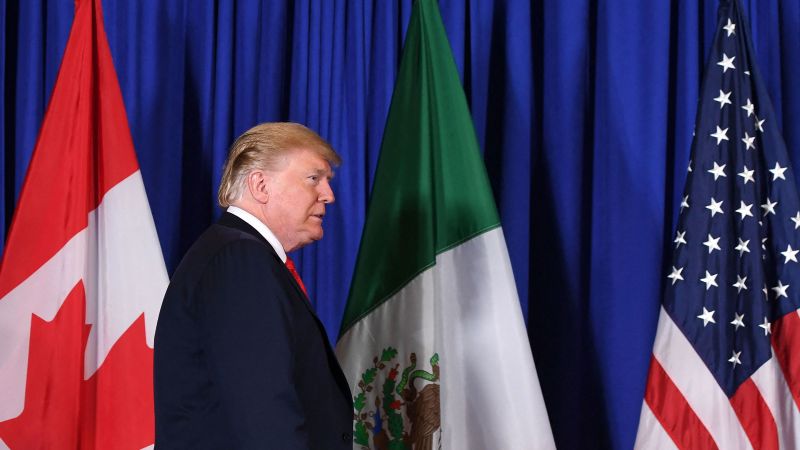American voters are divided in many ways – by gender, by race, by region – and any of these can be used to explain the current state of politics.
More women support Democrats, a gender gap that seems likely to widen as the fall of Roe v. Wade turned the US into a country with abortion-rights states and abortion-ban states.
The extent to which former President Donald Trump can siphon off support for Vice President Kamala Harris among voters of color, Latinos and Black men, in particular, could be consequential in states where close margins are expected.
Rural voters generally side with Republicans, urban voters generally side with Democrats and whoever can get an edge in the suburbs will win in November.
But there is an even more important thing dividing voters, according to the longtime Democratic strategist Doug Sosnik, who was former President Bill Clinton’s political director and is known for incisive deep-dive memos.
“The biggest single, best predictor of how someone’s going to vote in American politics now is education level. That is now the new fault line in American politics,” Sosnik told David Chalian on the “CNN Political Briefing” podcast.
Trump’s rise over the past three election cycles, Sosnik argued, “accelerated and completed this political realignment based on education that had been forming since the early ’70s, at the beginning of the decline in the middle class.”
As the US transitions to a 21st century economy, there’s a rift between the people who attain education – “that’s become the basic Democratic Party,” he said, comparing them with people who feel left behind, “that group of voters is now the modern Republican Party base.”
There’s data to back this up, as Sosnik has previously written. In an August report on growing income inequality in the US, the Federal Reserve Bank of St. Louis documented that for every dollar of wealth in a household headed by a college graduate, a household headed by a high school graduate has 22 cents. The figure rises to 30 cents for households headed by someone with some college, but no degree.
Put another way, college graduates hold about three-quarters of the wealth in the US, but account for only about 40% of the population.
There’s a direct correlation to politics. In 2020, according to CNN’s exit polls, voters with a college degree accounted for 41% of the electorate and they supported President Joe Biden 55% to Trump’s 43%. Trump got the support of about two-thirds of White voters without a college degree, but he lost White college-educated voters.
Sosnik went a step further, arguing to Chalian that the seven or so battleground states that could be won by either Trump or Harris also tend to be right in the middle on education levels, “not skewing too much college-educated voters and not too much non-college. That’s the only reason they’re different than the rest of the country,” he said.
The Lumina Foundation has a report that uses census data to rank states by educational attainment, including post-high school certifications and associate degrees. It’s true that most of the battlegrounds – Pennsylvania, Michigan and Wisconsin in the Rust Belt and Georgia, North Carolina and Arizona in the Sun Belt – all fall near the average. There is also one important exception. Nevada, which is a battleground state, has one of of the lowest levels of educational attainment in the US. While most of the states with the highest educational attainment are blue states in the northeast, Utah, a red state, is also near the top of the list.
To the extent that traditional swing voters are persuadable in this election, Sosnik argued they might be people like political independents or Nikki Haley Republicans.
But there’s a second group of swing voters Sosnik argued is even more important. Those voters aren’t choosing between a candidate, but rather deciding whether to vote at all.
For Trump, these are non-college-educated White voters in general, particularly men, who “if they vote, you know they’re going to vote for Trump,” he said. For Harris, they might be women who don’t normally participate in the process, but will this year, the first presidential election since the Supreme Court allowed some states to ban most or all abortions.
Young voters, who are less reliable to cast ballots, also fall into this second type of swing voters, Sosnik said.
Trump’s entire success in politics has been built around appealing not to independents, but to those who “aren’t traditional voters,” he said.
The educational realignment could also change how we view presidential elections versus off-year midterms, he said.
“Up until Trump, Democrats always did better in presidential years because infrequent voters were Democratic,” Sosnik argued. “Republicans always did better in off years because the high propensity voters were Republican. That’s completely flipped on its side now.”
Listen to the podcast here. It also includes Sosnik’s current state of the race, where the vice president appears to have reached a plateau, but might yet break for Harris if she can “step up and close the deal” with swing voters.

